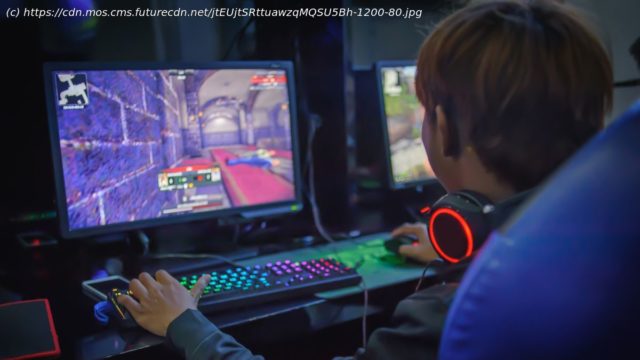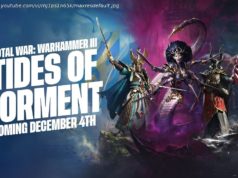Distributed computing and gaming technologies are contributing to a persistent virtual world known as the metaverse, where people can connect globally.
With Covid shutting down almost every physical event last year, we saw a drastic increase in the importance of connecting virtually. With a number of platforms growing rapidly to meet this demand, such as Hopin and Zoom, virtual events have become more and more sophisticated. Though an unusual change, reducing our dependence on physical meetings has been beneficial in a number of ways. From a sustainability perspective, we have removed the environmental cost of flying people round the world. From an economic perspective, businesses avoid racking up large bills on logistics. For all these reasons, virtual events have certainly changed from a temporary placeholder to a permanent feature in our work and social lives. But just how exactly have online events changed? The answer truly begins in the 1980s, where SciFi writer Neal Stephenson envisaged a future where our virtual representations eventually merged into one consistent experience, with humans acting through avatars in a digitally reimagined version of our universe. Though virtual, this world crucially shares with our real world the quality of persistence. Digitalization in our society has created multiple individual examples of virtual experience, such as online shopping or social networking. But only recently have these instances begun to merge, creating persistent worlds where running errands, working and socializing happen in the same experience – in a universe in parallel to our own. Historically, creating virtual experiences has been the central focus of the video game industry, where advancement in engines and graphical rendering have helped create some of the most dazzling and richly detailed digital worlds.






